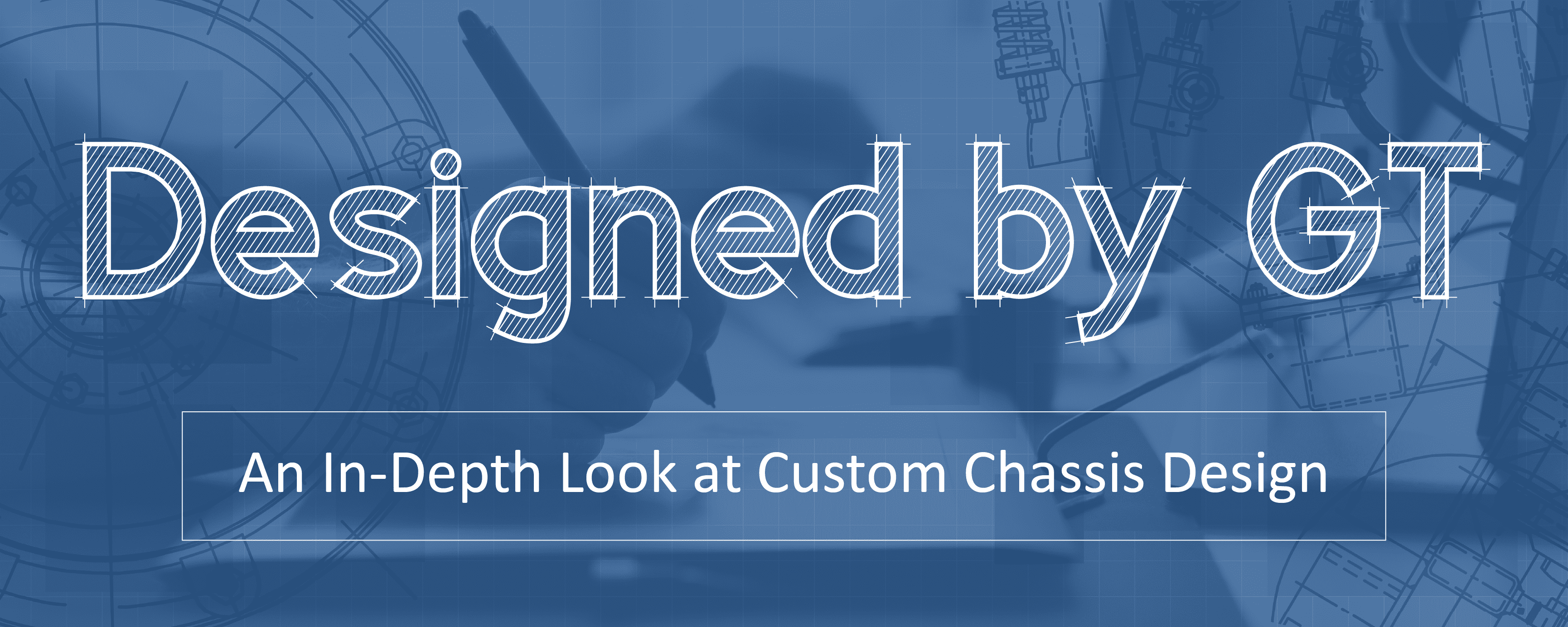In this blog series, we’re exploring design for manufacture from its conception to the production line. In previous posts, we discussed how inspiration, design goals, and material limits can all shape the design. Then, in Part 4 we showed how we refine the design by reducing costs and adding functionality. In this article, we will see how clear communication of design ideas is essential for all custom projects. We use advanced 3D modeling tools to provide you with accurate drawings and realistic renderings of your system.
A Picture Says it Better
Our design process is built upon the clear expression of ideas with sketches, drawings, and photo-realistic renderings. As we develop the design, we want to keep you on same page. We will describe the features and explain with words as clearly as we can. However, nothing says it better than a picture.
Simple sketches get the conversation started
Generally, clear communication starts with hand drawn sketches. That is because we find that the quickest way to capture inspiration is with simple pencil and paper. Sketching allows us to quickly and freely test out ideas and reveal problem areas. We can do this without the hesitation or sense of finality that precedes the precision. Freehand drawings like these can convey the look and feel of the project. They also help us to plan some of the more complicated parts of the chassis.
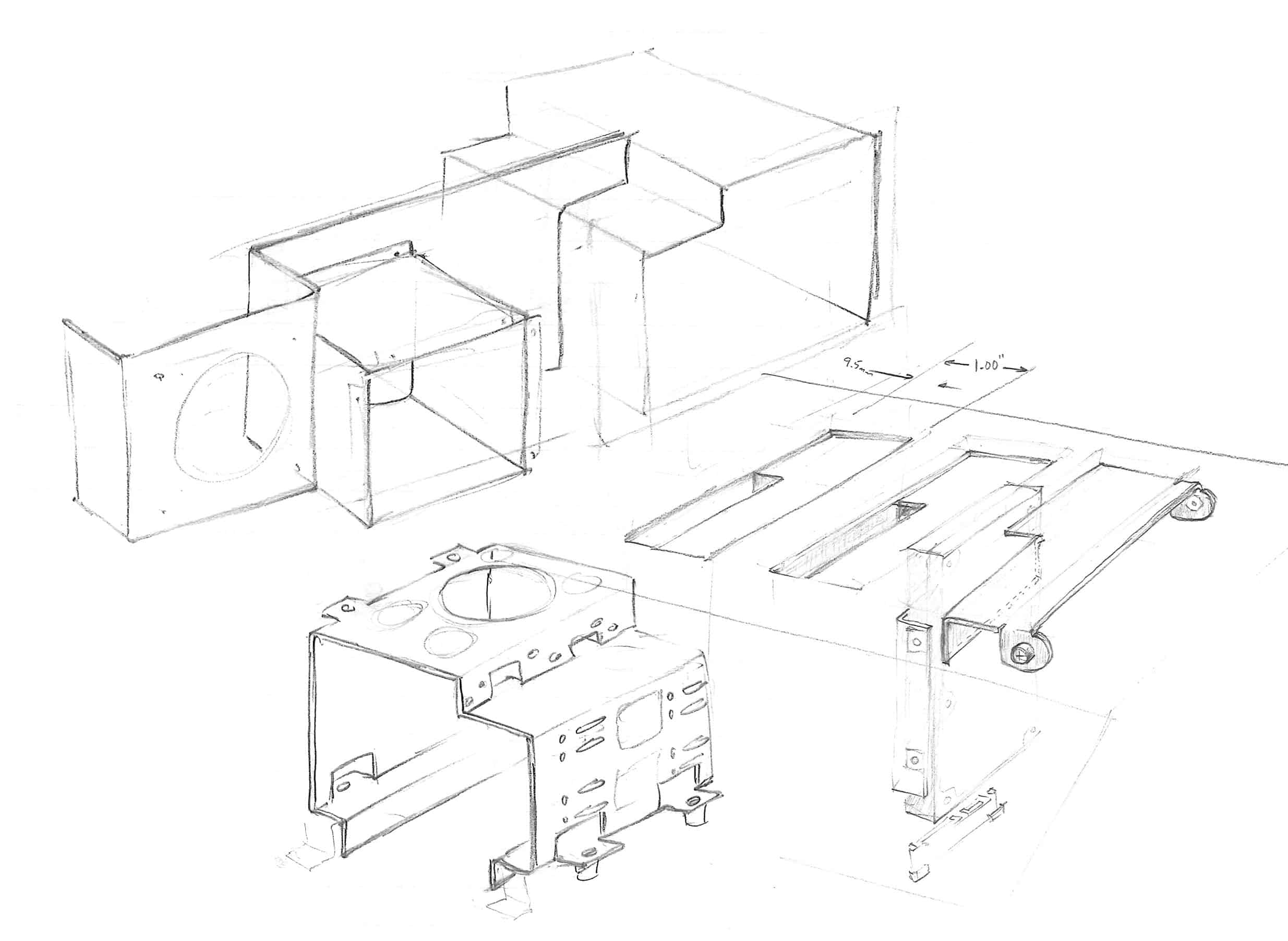
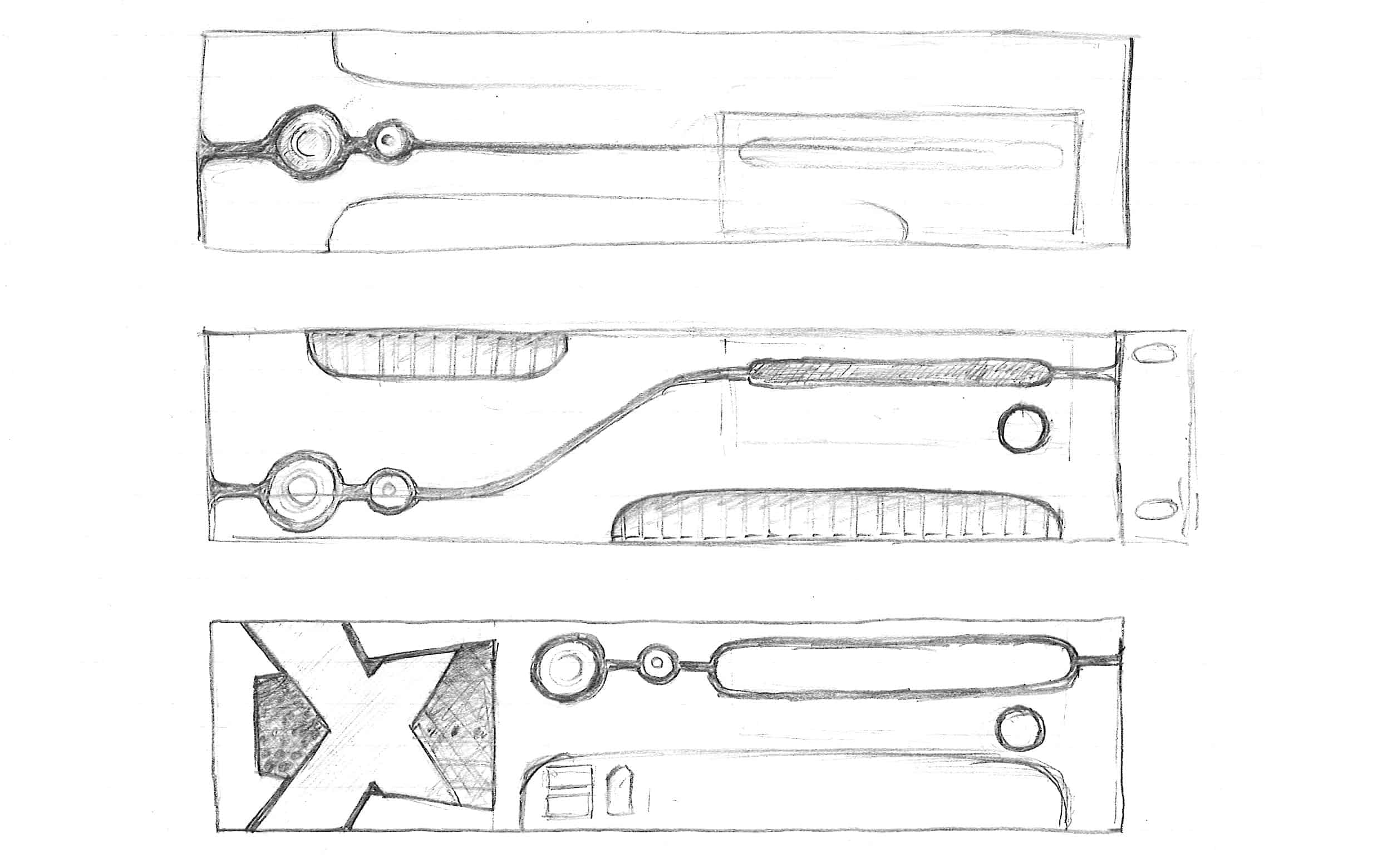
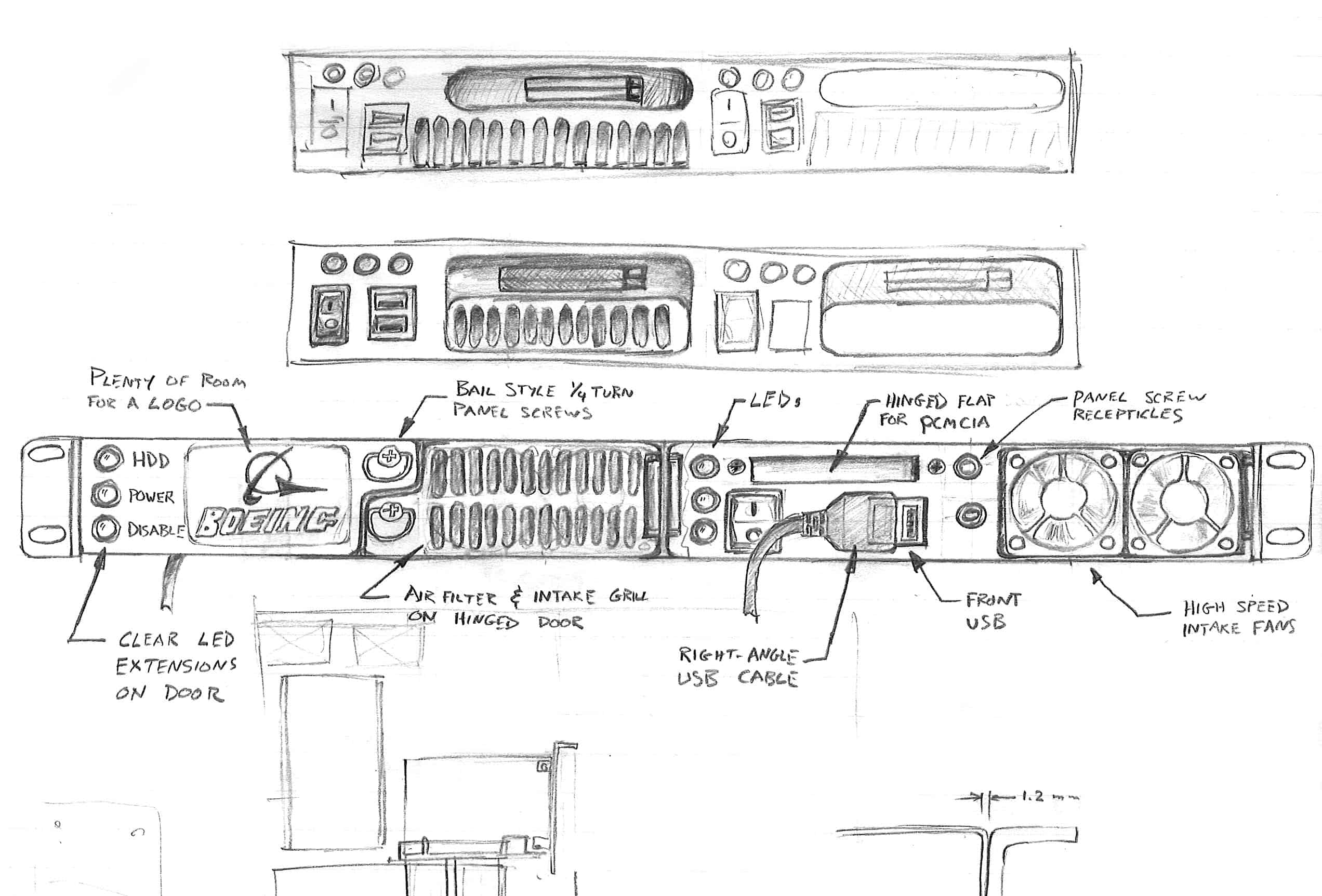
Modelling components for a perfect fit
On the other hand, modeling of the system to lay out its components and features demands dimensional accuracy. For this we call on our extensive library of 3D models of common components and access to industry standards. To incorporate your proprietary parts and newer components that are not yet in our library, we will take the time to build detailed models from physical samples and your drawings. This ensures that components will fit and mount properly. Decals, material properties, and appearances add a level of realism that helps everyone clearly understand how it will function, and what it will look like.
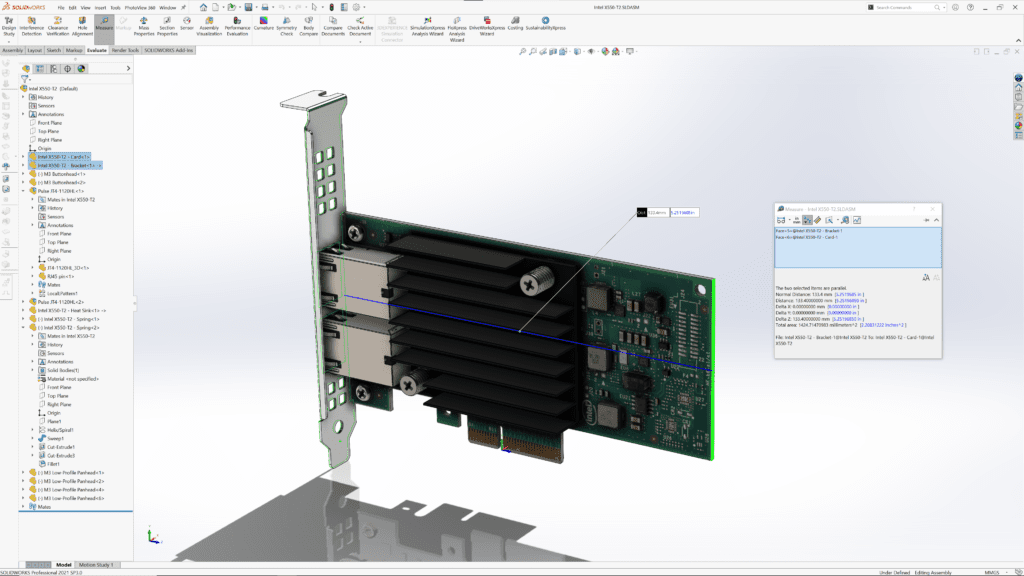
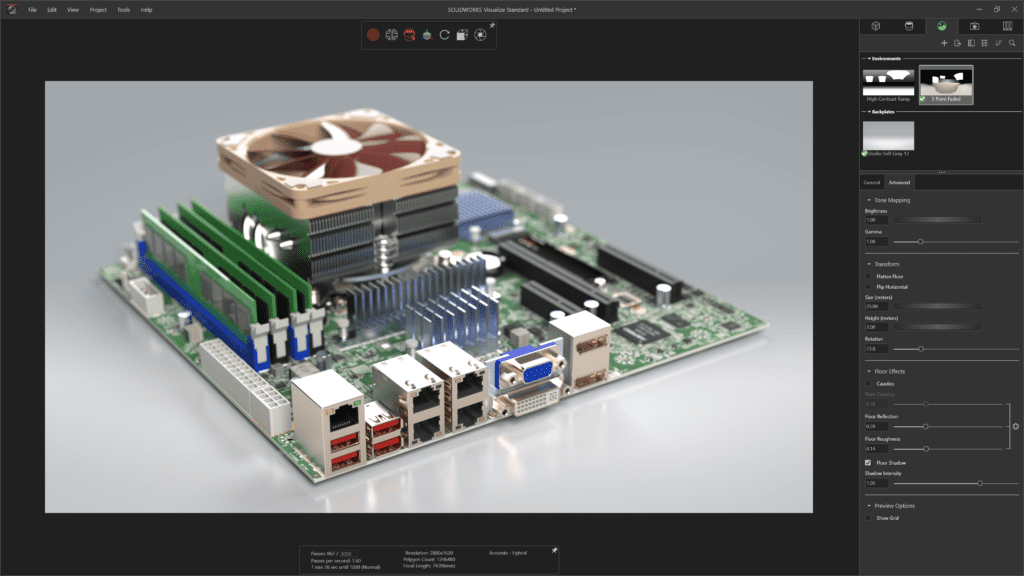
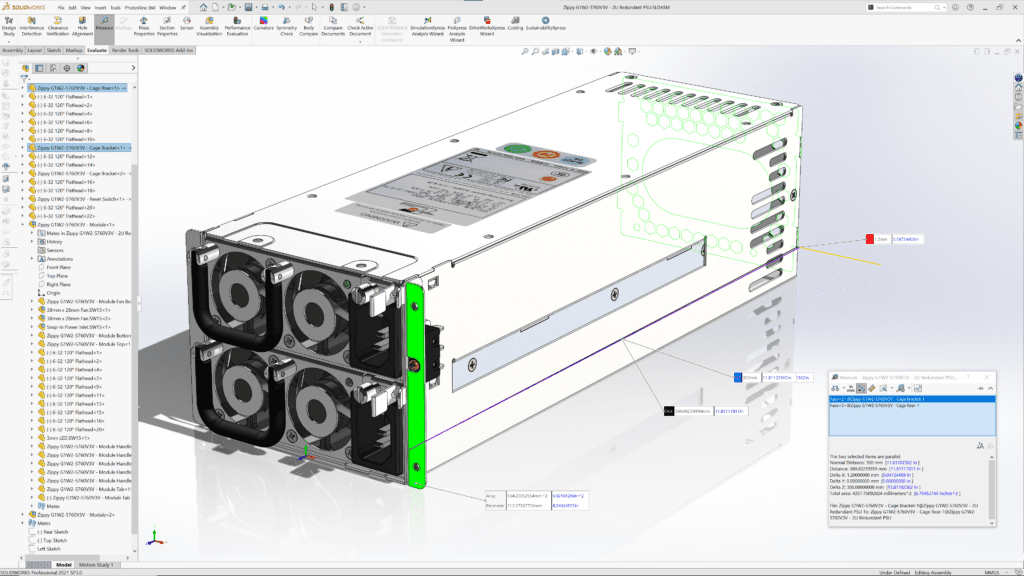
Realistic renderings to show off your design
From that fully detailed model we will build the initial design and generate annotated overviews and assembly drawings in PDF format. These drawings are critical to communicate the ideas, the issues, and to show you the design goals we have met. They may contain all the necessary information to analyze and issue or decide one way or another. But, they rarely have the same impact as seeing a physical prototype. For this reason, GT takes the extra step to render photo-realistic images of your custom system. You can use them to inspire your team, and to spread interest in the project among your customers and investors. We’ll provide you with the tools you need to communicate it to them.
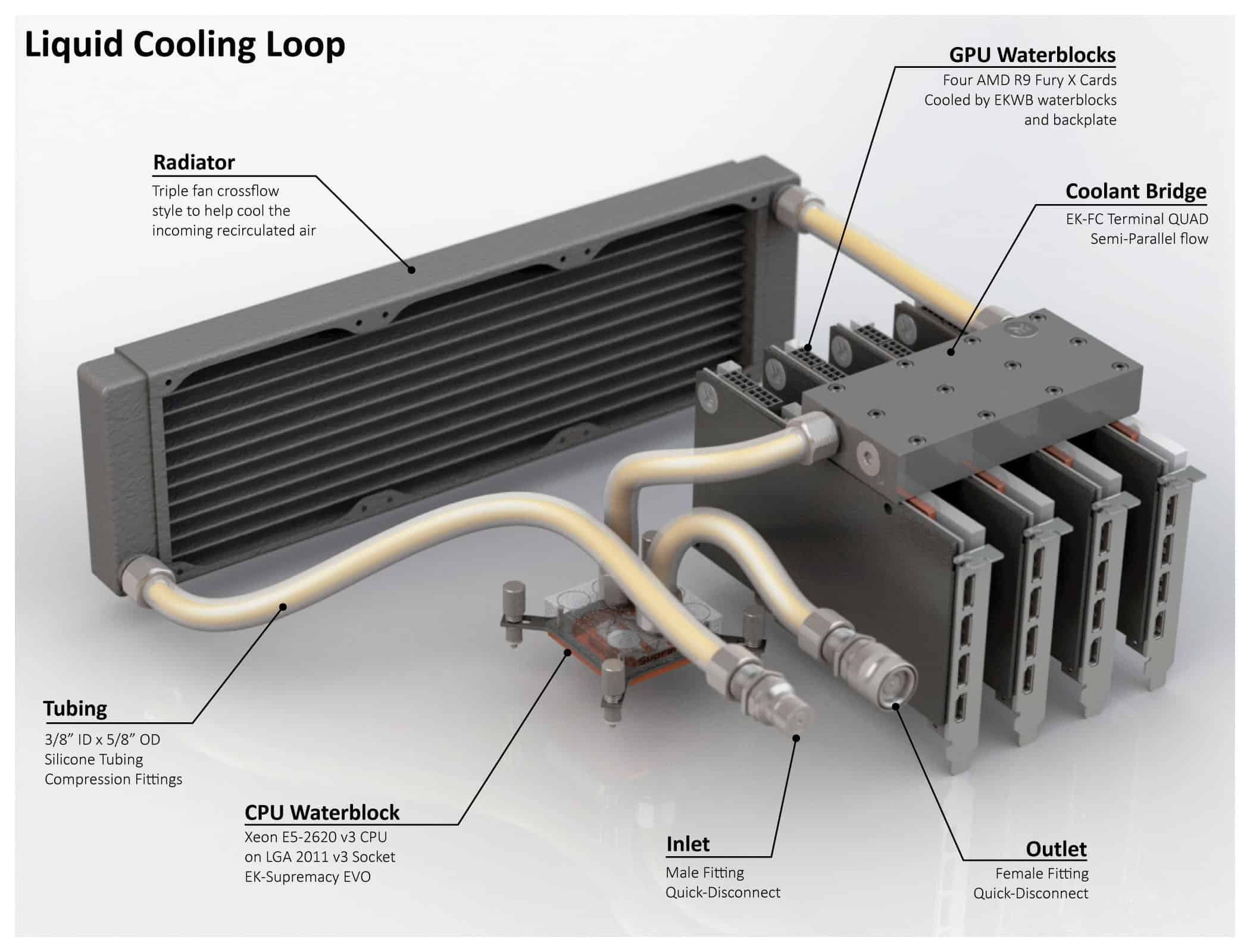
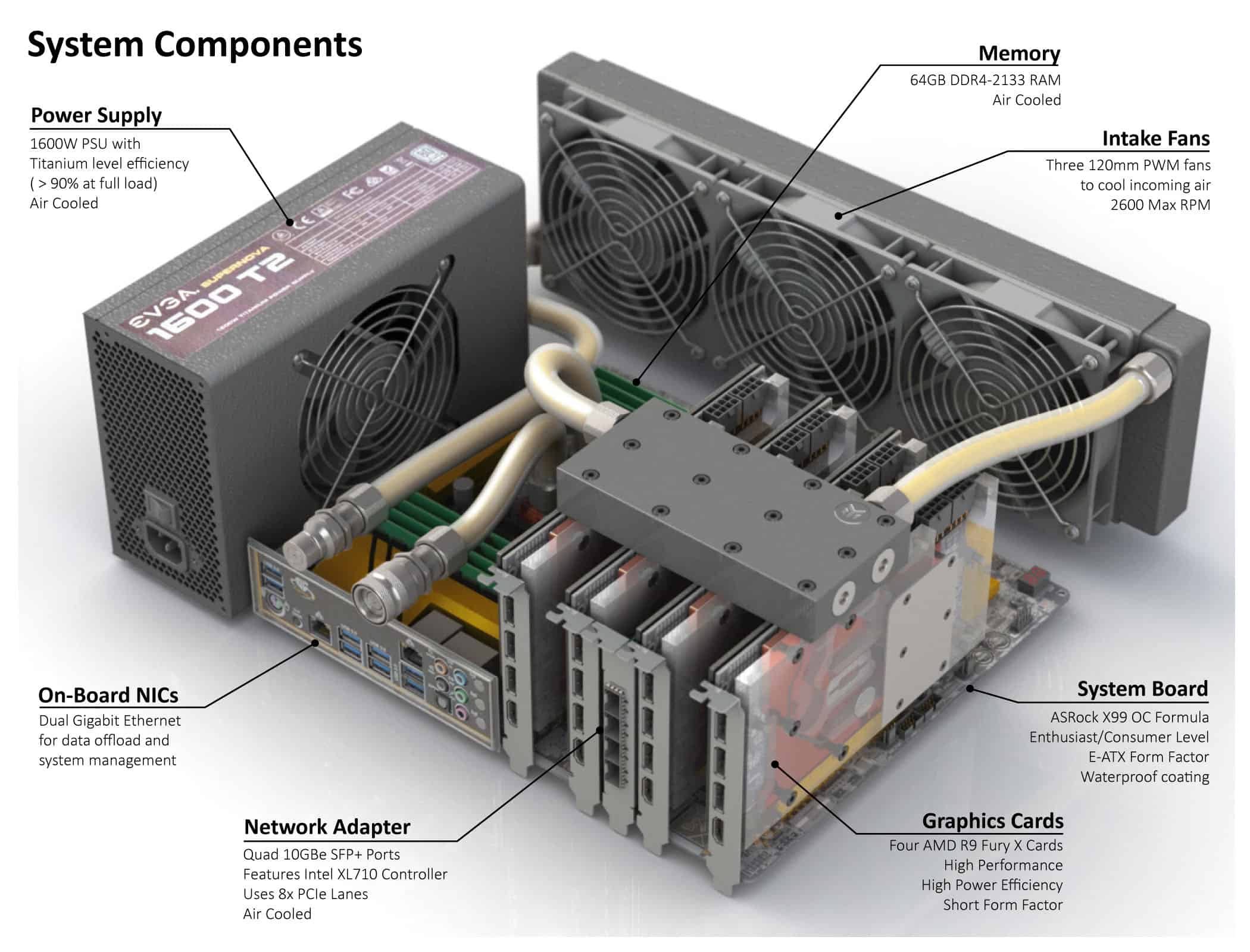
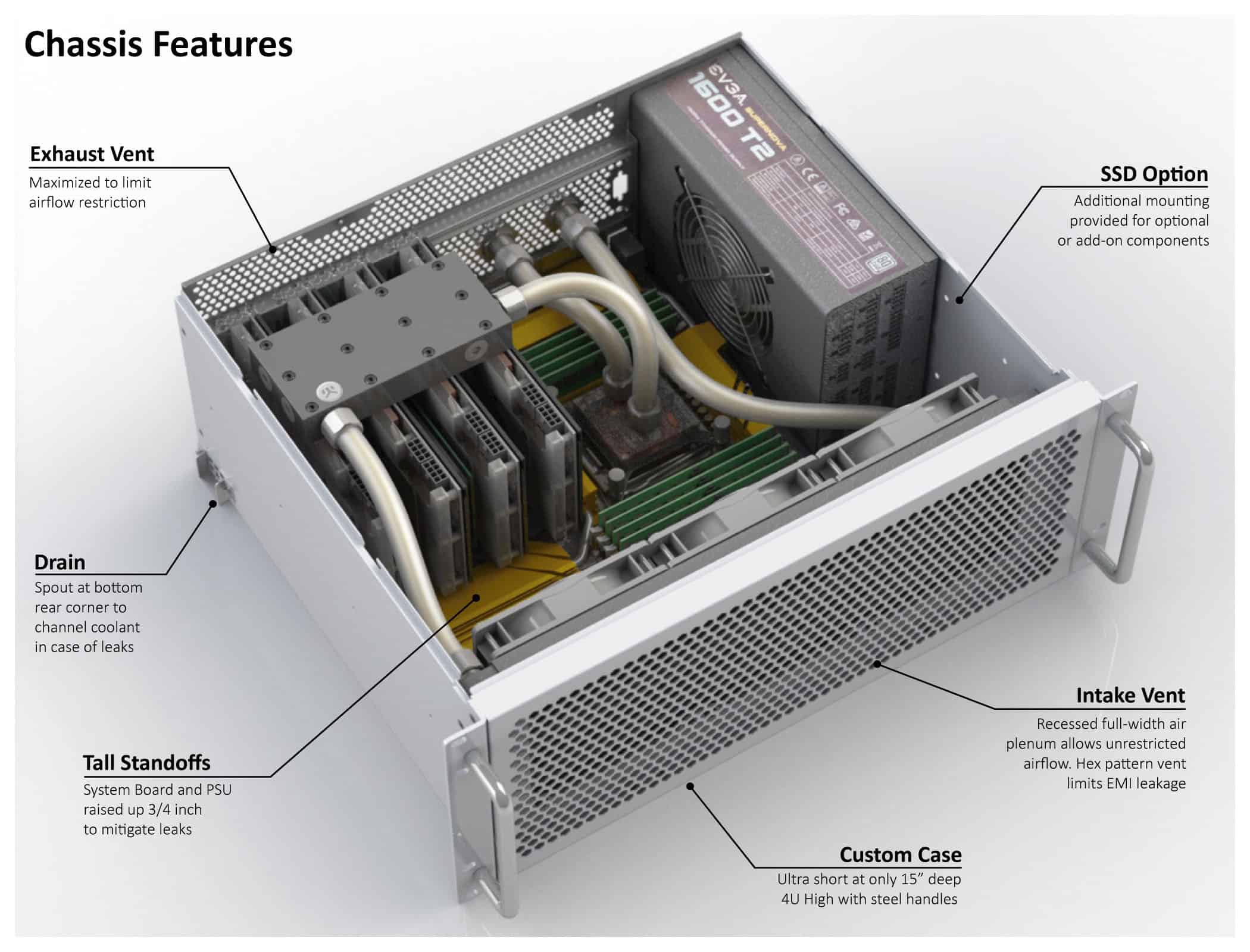
Let Us Show You What We Can Do
Before we send you a physical prototype, we want you to have a clear image of what we will create. Detailed drawings and realistic renderings take the guesswork out of the equation. They also give you insight into how the design has improved. In the 6th and final article of this series we will outline the entire custom design process, and what you can expect at each step of the way.

